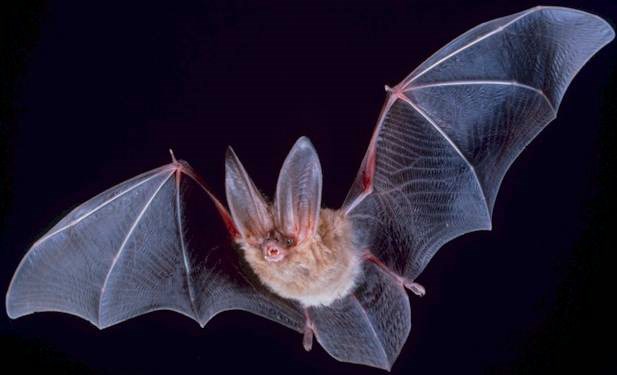If you are noticing more bats around your house or property, you are not alone.
Mid to late summer is the time when residents typically notice more bat activity, may have bats flying into their houses, or occasionally find a bat on the ground or roosting in unusual locations.
There is no need to be alarmed at these surprise visitors. They are often the young pups, spreading their wings. Female bats gather in maternity colonies in early summer and pups are usually born in late June, learn to fly in July and August, and then move out in late summer.
When pups are learning to fly, their early efforts may land them in locations where they may come in closer contact with humans. If they are in a safe location, out of the way of people and pets, you can simply leave them alone. They will normally move off without prompting.
If you find a dead bat or a bat that has been in a strange location for more than 24 hours, please contact the Sunshine Coast Wildlife Project at 604-989-1007. Remember to never touch a bat with your bare hands.
Some species of bats, including the federally endangered little brown myotis, have adapted to roost in human buildings. Having bats is viewed as a benefit by some landowners, who appreciate the insect control. Others may prefer to exclude the bats. Under the BC Wildlife Act it is illegal to exterminate or harm bats, and exclusion can only be done in the fall and winter after the bats have left the building. For guidance on exclusion, please contact [email protected] or visit bcbats.ca.
Conservation of bats and their habitat on the Sunshine Coast is supported by the Fish and Wildlife Compensation Program, Habitat Conservation Trust Foundation, Forest Enhancement Society of BC, Habitat Stewardship Program for Species at Risk, and the B.C. government.
– Submitted by Michelle Evelyn



